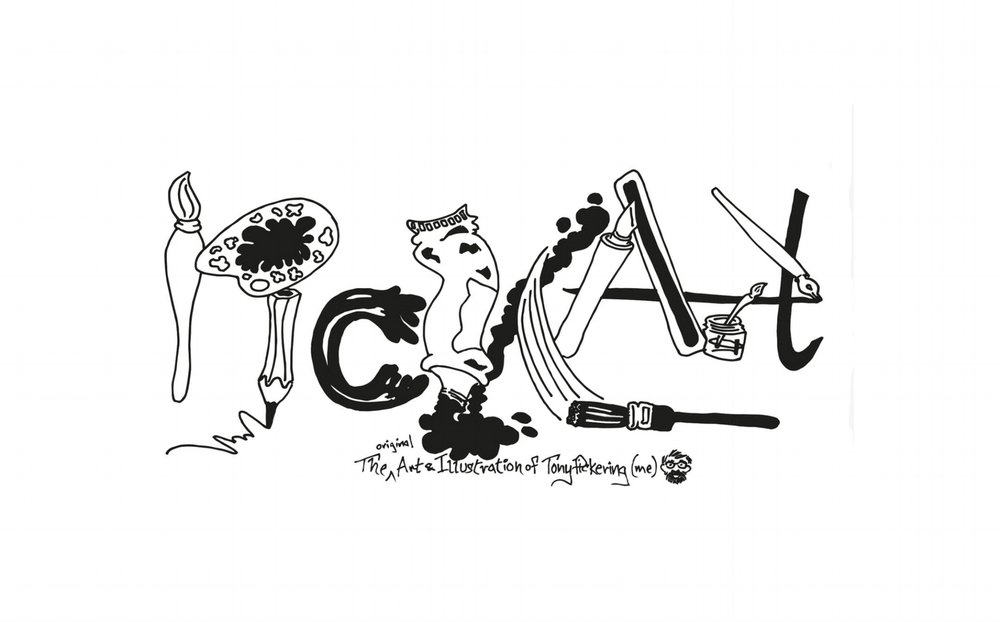Atmosphere is an enigma. It creeps upon you and dances with your thoughts - at times leading and capering, at times hiding - using guerrilla tactics to taunt and undermine what it was you knew. The mornings that bite with cold - dusting castor sugar over the world. The fogs that make even the most simple street a maze of indecision. The speckled shadows that suggest all is not as it seems.
This capacity of light and haze to transform place and space has always fascinated me. Stages where the nooks and crannies of set become sculptures that envelop, cocoon and create characters - shifting in time and geography through the touch and hue of light and shadow.
This is what I look for in composition - the making strange of what I expected. A passing stranger, the oddness of a colour, layers of shade - taking a view I know, adding the dramatic - the sense of the undertow, the element of surprise.
My last work turned out to be a drawing. The image had been lying among doodles and photos taken at the Durham Lumiere. This is an exhibition that calls out to my fascinations. The works are outside - transforming the idea of spaces into new places. Recapturing, reforming the conventions of what is expected - juxtaposing the medieval streets with the art of light and projection - a whale in the river, a wave of bottles or the cosmos forming on the facade of a Cathedral. The humour of a cloud of lightbulbs - ideas blinking in the night, or the complex simplicity of a prism across the water.
Looking through my notes I saw my image - taken from The Mist - an installation so simple, but so evocative. The use of dry-ice to cling to the surface of river and bank, and the fluctuations of the light across its clouds. A techique that has always had the power to transport me from now to the moment.
The pencil begins: soft glances on the paper - brushing shape and shade. Quicker movements start to pull out lines of architecture and forrest. Then more confident - more defined, the pencil etches out the planes of shade - spidering marks of reflection and foreground flora - to pick out perspective. Deeper into the darkness the blocks of existence start to form - before the relief of the rubber arrives to pick out the highlights - the moment the light frames the scene.
And there it ends. Contrast and composition are done - rough edges lead us to the monument, and darkness leads to the light. More could be done, the page could be filled, but that would still the frame, and then the memory would breathe its last.
Durham at Night

